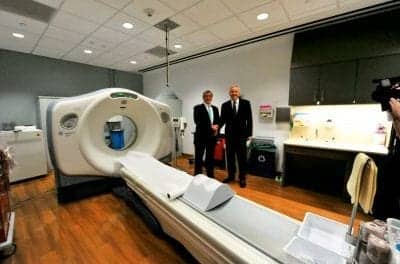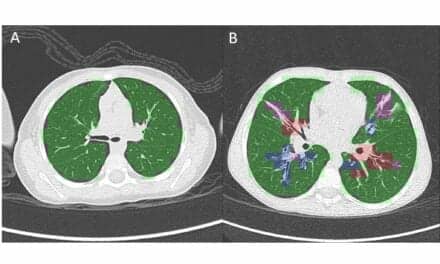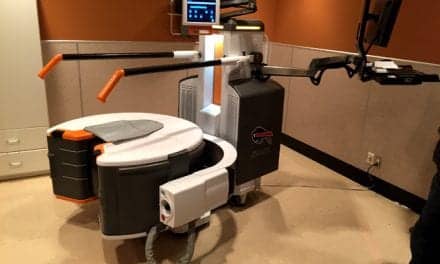 |
The diagnostic imaging landscape has been altered and there is no turning back. Filmless radiography as well as multi-slice and super-fast CT and MR scanners are transforming the way physicians collaborate, consult, and diagnose their cases, as well as communicate with their patients. Images are moving closer to becoming an essential part of the physical examination. 3D, image fusion, functional imaging, and computer aided diagnosis (CAD) workstations are becoming vital in new clinical settings. Imaging workstations are appearing in the operating room and in the referring physician’s office.
Radiology’s role is expanding and the vision of a dynamic and compelling tool has gained clarity. The value of image management starts with radiology and extends far beyond into literally all other specialties. In this new era of medicine, radiologists seek a strategic clinical tool that allows for image and information integration. The tool has to yield professional and competitive advantages for both the radiologist and the health care organization.
The focus is to reduce cost and errors while improving efficiency and patient care by making diagnostic images and reports available electronically. The early adopters will command a competitive first mover advantage. Consequently, the demand for PACS has never been more vibrant, with organizations of all sizes and types searching for the right tool and the right partner to deploy a technology platform that will address today’s needs and tomorrow’s opportunities.
Traditional PACS technologies stop short of the full objective by failing to address the entire enterprise, concerning themselves solely with requirements at the departmental level. A distinguished radiologist, in jest, once diagnosed most vendors as suffering from “myopic vision.” In reality, countless radiologists and vendors have contributed to tremendous progress toward the creation of the ideal product. Many millions of dollars have been spent by radiology departments and vendors on systems that, although imperfect, continuously moved the technology forward.
In 1995, with the help and vision of our first customer, AMICAS focused on the web and Internet architecture as the fundamental platform for creating and delivering the building blocks of the strategic PACS tool. Our first mission was to deliver the most scalable diagnostic image delivery system possible to the constituents of a large radiology practice. The system’s specifications included seamless integration of images with the electronic patient record for access by hundreds of simultaneous users. To date, the AMICAS viewer remains the most widely deployed and used web-based diagnostic viewer.
Today, with more than 150 installed facilities processing more than 4.5 million annual studies, AMICAS has delivered the other building blocks that focus on primary interpretation and affiliated workflow. We are the first company to prove the viability and superiority of the web architecture as the underlying platform for a strategic tool.
At this year’s Radiological Society of North America meeting, AMICAS will deliver the final blocks of this platform by delivering a real-time worklist and a web-based radiology workstation as the pivotal components of what we call the Vision Series. Conceived from the outside in, Vision reflects the clinical requirements of clinicians while simultaneously delivering real-time, seamless integration between functionality and radiologist workflow. Vision is the image delivery tool for both radiologists and stakeholders across the health care enterprise.
The information in this supplement is meant to underscore the diverse and unique settings in which a pervasive imaging platform is utilized: from a group of imaging centers to a community hospital to a large integrated delivery network.





